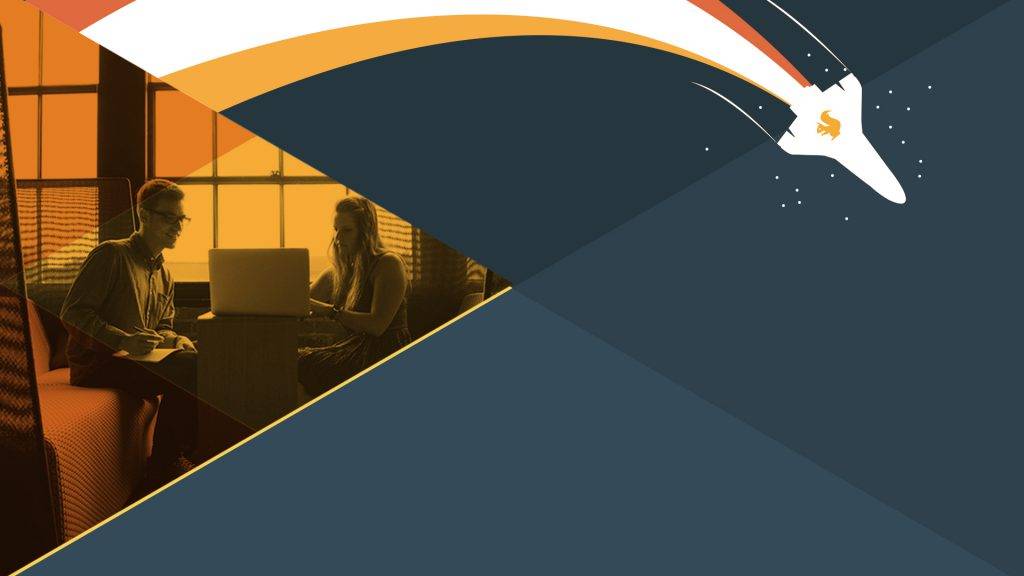Flash to HTML5: 9 critical steps of converting legacy e-learning
Stuck with old, outdated e-learning content that you just can’t use? In a world of multi device and BYOD, future proofing your e-learning is vital.
But, you can still make the most of your existing content by converting it from Flash to HTML5.
1. bulk convert to minimise costs
Many businesses find it easier and more cost effective to bulk their conversions, so unlock the e-learning vault…
2. get early buy in from key stakeholders
There’s nothing worse than starting. a project and it getting quashed halfway through
3. determine your time scales
How soon you need your content converting will dictate whether you undertake your conversions in-house or externally.
4. gather your assets
Collate all your e-learning resources, including video. This will ensure everything is easy to find when converting.
5. allocate sufficient resources
Legacy conversions can be a massive drain on internal resource. Make sure you allow adequate resource and time for modifications.
6. pick your authoring tool
Selecting an authoring tool can be a time consuming process. Save the complication by choosing this before you start.
7. draw up a project plan
Prepare, prepare and prepare. A project plan will ensure you manage allocated resources effectively and stick to budget.
8. mobile first
When moving older, longer courses to mobile, it’s important to consider modifying these to shorter bite sized mobile learning solutions.
9. remember your LMS
If your LMS doesn’t support mobile learning, then the courses you convert will not be accessible. Consider upgrading your LMS if multi device content is essential to your organisation.


